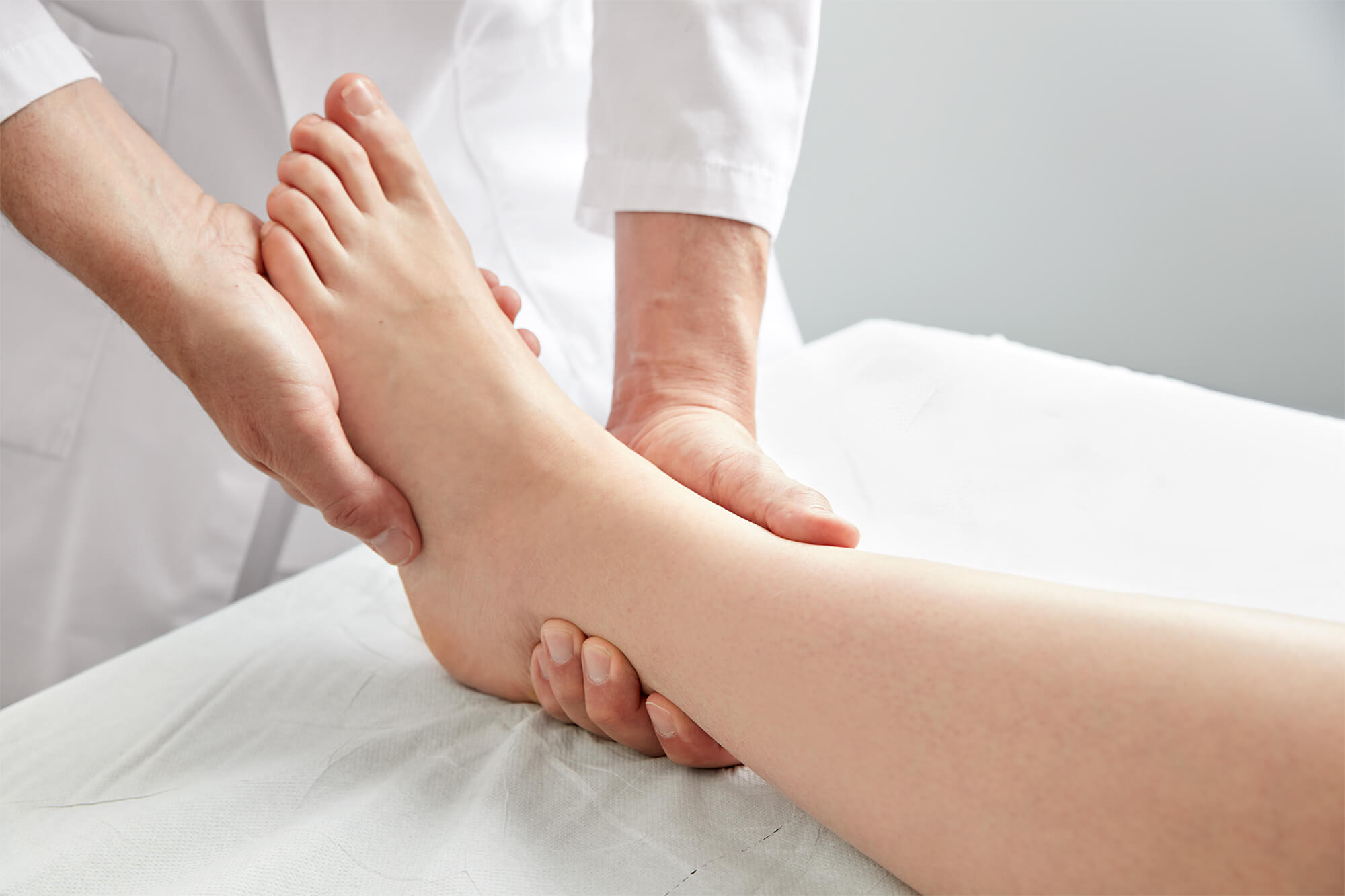As explained in the chapter devoted to biomechanics, the FLH desynchronizes the moments of transition in rotation (pro-supination) in walking, prevents the digging of the foot during propulsion by eliminating the winch effect and blocks the subtalar by the taut cord effect following the blocking of the tendon sliding. The implications of FHL on the foot affect the forefoot, midfoot and rearfoot as well.
The most frequent clinical manifestations are:
- For the forefoot: Hallux valgus, hallux rigidus, transfer metatarsalgia, Morton's neuroma, sesamoid pain.
- For the midfoot: Collapse of the internal arch with tendinopathy of the posterior tibialis and lesions of the spring ligament, tarsometatarsal osteoarthritis of the 1st ray.
- For the rearfoot: Overload talalgia, tenosynovitis of FHL, cramps on the adductor hallucis which tries to oppose stress on the valgus and the calcaneal valgus in the context of the flat foot valgus.
 EN
EN  DE
DE  ES
ES  FR
FR 